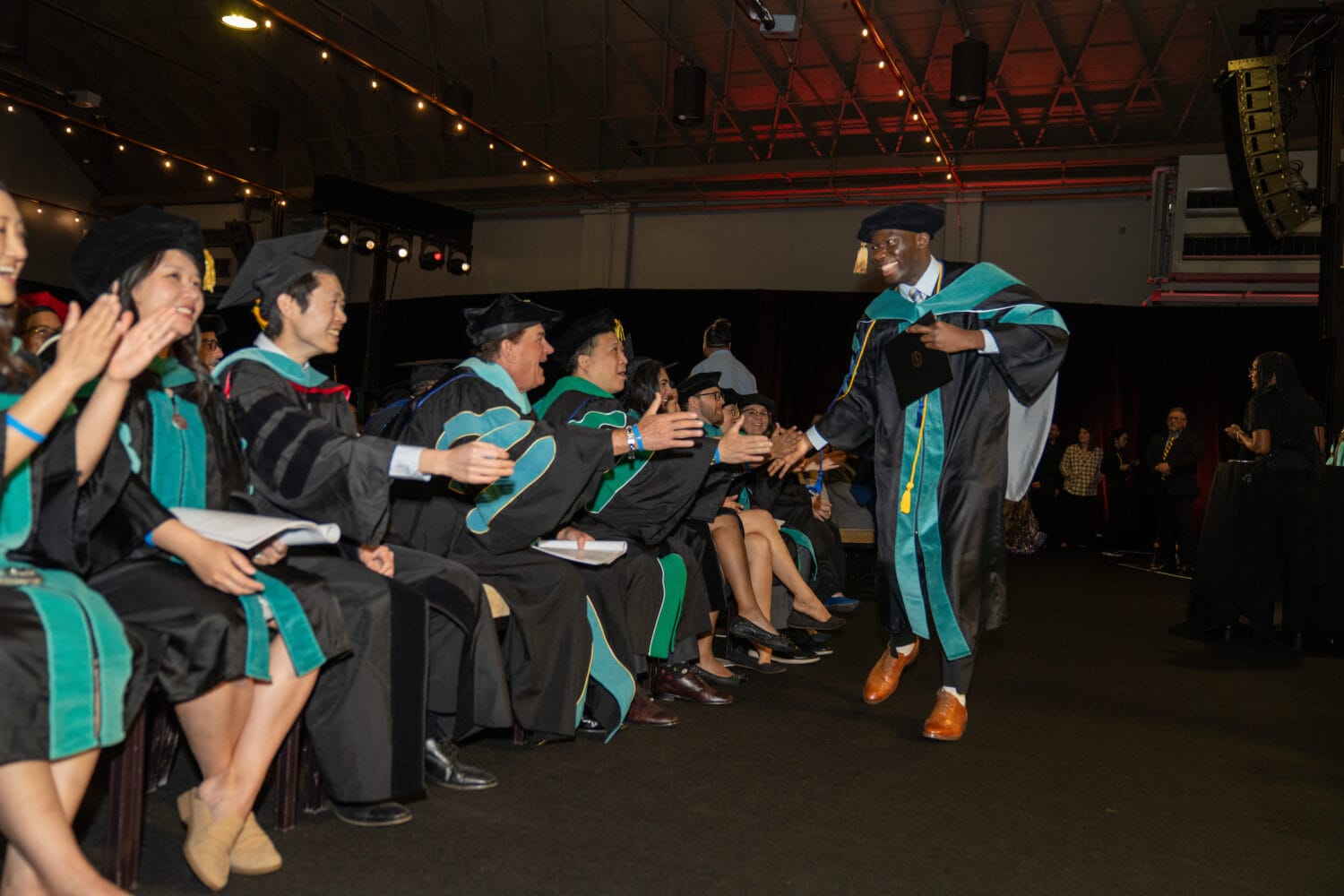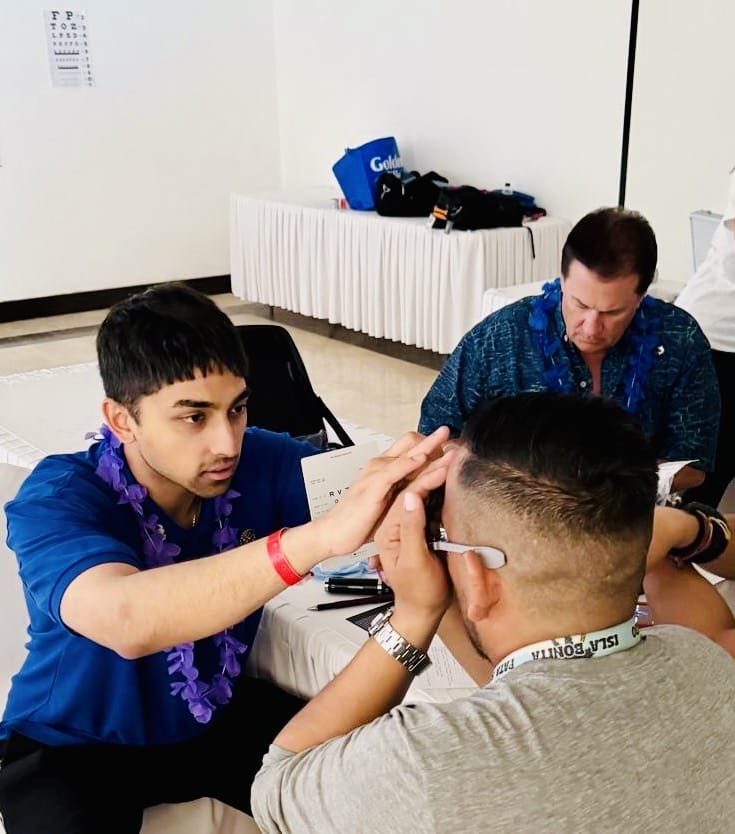Infant Vision Vital to Speech Development
A recently released study shows that babies rely on visual clues as a vital component of learning speech.
The study, “Infants deploy selective attention to the mouth of a talking face when learning speech,” by David J. Lewkowicz and Amy H. Hansen-Taft of Florida Atlantic University, examined 4-12 month old English-learning infants and adults eye gaze while they watched and listened to a female reciting a monologue either in their native English or nonnative Spanish language.
Infants shifted their attention from the eyes to the mouth between 4 and 8 months of age regardless of language, then began to shift back to the eyes at 12 months in response to native but not nonnative speech. The study posits that the first shift enables infants to gain access to redundant audiovisual speech cues that enable them to learn their native speech forms, and that the second shift reflects growing native-language expertise that frees them to shift attention to the eyes to gain access to social cues.
“Overall, the current findings demonstrate that the development of speech production capacity relies on changes in selective audiovisual attention and that this depends critically on early experience,” according to the study.
Starting at 6 months of age, infants begin to produce simple speech-like syllables that eventually become incorporated and transformed into children’s first meaningful communicative signals, according to the study.
This observation of 6-month-olds parallels the development of the visual motor system, said Stuart Mann, OD, MA, FCOVD, College of Optometry Chief of Pediatric Services.
“Attention happens when the visual system is intact,” he said. “Infants develop their ability to focus and use both eyes together by 4 months of age and is further refined so that by 6 months of age the normally developing infant will now be able to sustain near focus to see what is happening. They watch lips move, they hear sound come out. They’re making an auditory-visual match.”
The American Optometric Association recommends that an infant should have a well-baby vision examination at 6 months of age to ensure that the eyes and visual system are developing properly. The InfantSEE program provides a one-time, no charge well-baby vision and eye assessment of infants between the ages of 6 and 12 months.
WesternU’s Eye Care Center, at 795 E. Second St., Pomona, Calif. 91766, participates in the InfantSEE program. Call 909-706-3899 to make an appointment or for more information.
The study may have important implications for understanding the development of infants at risk for autism spectrum disorder. Studies have found that 1-year-old children diagnosed with autism look less at faces and that 2-year old children diagnosed with autism look more at the mouth of a talker unlike typically developing children who look more at the eyes. These findings indicate that infants at risk for autism spectrum disorder follow a different developmental path, according to the study.
“We don’t know this for sure, but autistic children might not have the visual abilities at 6 months to make appropriate eye contact to develop visual information processing abilities, to make the appropriate visual judgments and matches,” Mann said. “Here at Western University of Health Sciences we are starting to investigate the relationship between normal and abnormal visual development and autism.”



